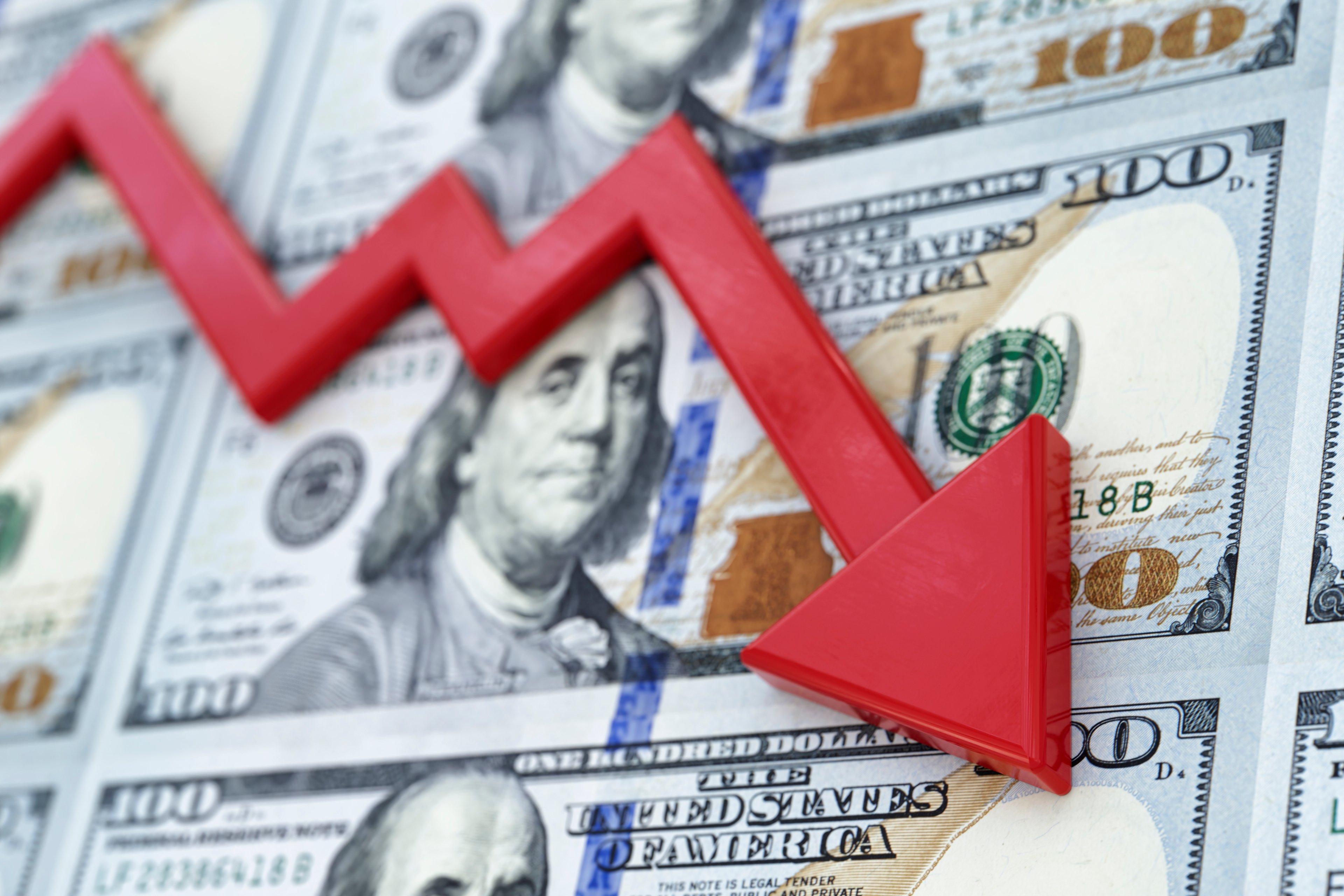Although we don't believe in timing the market or panicking over daily movements, we do like to keep an eye on market changes -- just in case they're material to our investing thesis.
With seven of every 10 stocks advancing Thursday, Wall Street breathed a big sigh of relief that the debt ceiling and government shutdown are officially behind us. In fact, the S&P 500 Index (^GSPC +0.38%) ended at an all-time high, adding 11 points, or 0.7%, to end at 1,733. Isn't it a little curious that stocks should trade at record highs after a two-and-a-half-week shutdown, and a nearly catastrophic U.S. default? It's as if Wall Street thinks the debacle actually helped the American economy. Something's wrong with that perspective; today's three standout laggards paint a more accurate picture of the current economy, in my humble opinion.
International Business Machines (IBM +0.14%) shed a remarkable 6.4% Thursday, as the tech bellwether saw quarterly revenue decline for a sixth straight time. When you miss analyst expectations by $1 billion as International Business Machines did this quarter, you're not going to catch a break. With hardware sales declining, and a surprise drop in emerging-markets growth, IBM's struggles raised a red flag for investors.
Online auction site eBay (EBAY +0.30%) also saw its stock price in trouble as shares slumped 4% following a disappointing earnings call of its own. eBay's top-line numbers, like IBM's, disappointed, though the $20 million miss is a far cry from IBM's fiasco. One reason eBay's losses even approximate IBM's today, however, is eBay's guidance for the fourth quarter, which also failed to impress. eBay sees earnings per share between $0.79 and $0.81 in the holiday quarter, a far cry from the $0.83 per share Wall Street was looking for.
Lastly, railroad operator Union Pacific (UNP 0.31%) lost 3.8%, even as it reported a 10% jump in profits for the third quarter. A 10% jump in earnings isn't so bad, especially since the increase came despite flat overall volume. Slipping coal demand has been one big headwind facing the industry, as coal's reputation as a dirty energy source continues to tarnish the business, and natural gas continues to become more cost-efficient. Union Pacific's pricing power should continue to be a huge asset to the company, as the railroad can use that power as leverage to boost rates in the future.









